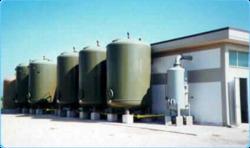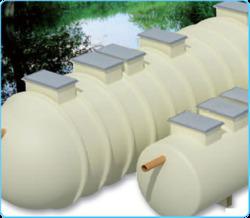Chempure Technologies Private Limited
Product Range
Fact Sheet
- Location:Tamil Nadu, India
- Year of Establishment:2000
- Business Type:Distributor / Wholesaler, Business Services
- Main Products:Pet / Glass Bottle Filling Machine, Toilet Wastewater
- Reviews & Rating:
Get Verified, Sell more with
- Buyer's trust
- Faster conversions
- Better Rankings
- More
Its Free
Verify NowWater Softening Systems
Our water softener ion exchange technology removes calcium, magnesium and limited iron from water for residential, commercial, and industrial uses.
- FOB PriceNA
- Min Order QuantityNA
- Payment TermsNA
Other Details
Our water softener ion exchange technology removes calcium, magnesium and limited iron from water for residential, commercial, and industrial uses. These systems have a proven excellence in performance. Water softeners are sized to fit your needs for soft water within your budget. All softeners are shipped directly from the factory to your home or business.
The Benefits:
Water Softener will allow you to use less soap and detergent, saving the environment and saving you money. In addition, Softener prevents the build-up of harmful mineral scale, adding years of service life to pipes, appliances and hot water heaters, thus paying for itself in the short and long term
The Process
The heart of a water softener is a mineral tank. It's filled with small polystyrene beads, also known as resin or zeolite. The beads carry a negative charge.
Calcium and magnesium in water both carry positive charges. This means that these minerals will cling to the beads as the hard water passes through the mineral tank. Sodium ions also have positive charges, albeit not as strong as the charge on the calcium and magnesium. When a very strong brine solution is flushed through a tank that has beads already saturated with calcium and magnesium, the sheer volume of the sodium ions is enough to drive the calcium and magnesium ions off the beads. Water softeners have a separate brine tank that uses common salt to create this brine solution.
In normal operation, hard water moves into the mineral tank and the calcium and magnesium ions move to the beads, replacing sodium ions. The sodium ions go into the water.
Once the beads are saturated with calcium and magnesium, the unit enters a 3-phase regenerating cycle. First, the backwash phase reverses water flow to flush dirt out of the tank. In the recharge phase, the concentrated sodium-rich salt solution is carried from the brine tank through the mineral tank. The sodium collects on the beads, replacing the calcium and magnesium, which go down the drain. Once this phase is over, the mineral tank is flushed of excess brine and the brine tank is refilled.
Product Application
Production of softened feed water for steam generators;
Production of high purity, softened water for pharmaceutical applications;
Softening, processes for food industry.
Laundry systems
Ice making
Images






